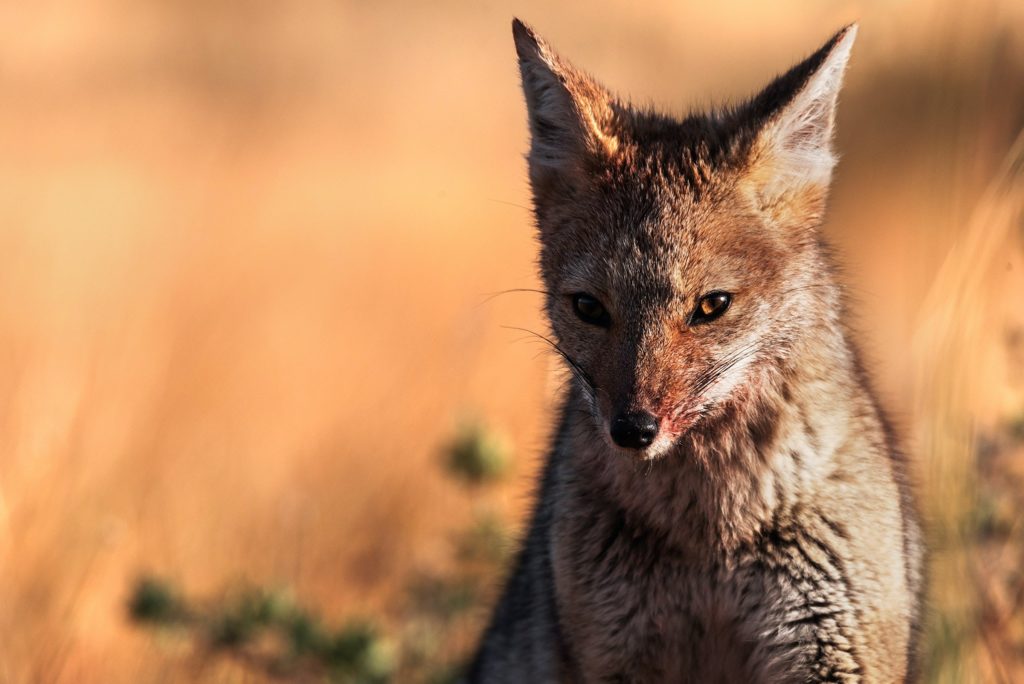Photographing large animals is a spectacle of nature, the magnificence of these individuals, their majesty and their measurements, above all, impress anyone, so they are frequent choices to play in images of animals and nature.
But venturing through a herd of large animals can be risky, so you have to redouble your attention and make the right decisions.
- So.
- If you plan to photograph large animals in their habitats.
- Check out the following tips.
- Discover in this article how to capture these images without taking unnecessary risks.
Large animals can pose many risks to photographers and guides, so safety should come first.
Stay a certain distance from the herd or animal you want to photograph, do not immediately invade your space, or you may have to run because of it.
Most of the time, large animals have a strong sense of control and like to mark their territories, so any threat to tranquility can lead to a very serious tragedy.
So keep an eye on the leader of the herd for a while and keep an eye on the leader of the herd, if any. Only after safety is guaranteed, including an escape route, do you start photographing large animals.
Whether you want to photograph elephants or hippos, try to get acquainted with these animals before aiming with your camera.
Each of the large animals has different behaviors and reacts differently to the human presence, so try to meet the protagonist of your large animal photography.
Know your preferences, your behavior, the herd hierarchy and more. The more information you have about the animal, the easier it will be to be sure and photograph large animals in an amazing way.
A flash of light in front of the eyes of a large animal is not a good idea, it can be surprised by the brightness or noise of the camera and attack you, so any precaution is weak.
Try not to use the flash when photographing large animals, so choose to capture images during the day, with the sun at the top being the best time to avoid surprising or scaring the animals.
If you need to photograph large animals at night, use static lighting equipment. These lights make the crowd feel bright and not scare anyone.
Like humans, animals have a very strong parental instinct, in some herds it is common for puppies to be protected by everyone, so be very careful when interacting with puppies.
Your sudden approach can attract the attention of a herd member or puppy parents. And you certainly don’t want to be chased through the woods for several tons, do you?
Then approach slowly and pay attention to the whole band
Even if the puppy approaches you voluntarily, other members may consider it a threat, so take pictures of the puppy from a distance and approach only in the presence of the herd or an adult animal.
If adult animals trust you, their children will also feel more comfortable and, at the same time, the herd will allow you to approach the young and be able to photograph large animals during childhood.
We’ve talked about not invading the habitat of animals, haven’t we, but it’s very important to reinforce this trick.
Instead of forcing your presence with the herd or hunting the animal everywhere, let it come near you.
Follow the movements from a certain distance until you get used to their presence, when you least expect it can approach you or let you do it without problems.
Earn the confidence of the herd or individual before you start photographing large animals. This is the best way to capture amazing images safely.
It is also important to take care of your equipment when photographing large animals.
First, don’t carry more weight than you need to, if you need to run, your photo equipment can’t stop it, on the other hand, you don’t want to leave a camera face, do you?
So take only the essentials during your expedition to photograph large animals. Goals and other expensive equipment are not as essential in this photo shoot. The image and how the capture are much more important.
Also keep your equipment in good condition and safe for you or in the bag, so you’ll prevent it from getting lost or broken in half.
Don’t forget that the photographer’s team is an extension of his talent and, depending on where you want to shoot, the lack of lens or camera can delay the whole project.
Approaching a hippopotamus and taking a closer photo can be very tempting. But be careful when photographing large animals.
Although they don’t have the agility to chase you, they have extreme strength. Any of these moves can seriously hurt you, and you probably don’t want a giant chasing you, do you?
So try to get close by car and preferably with a guide. The professional who accompanies you must know the herd and also the area. In extreme cases, where you have to flee the place, your chances of getting out safely are greater.
Keep in mind that no photograph is worth risking losing your life or harming your well-being, if you’re not entirely comfortable or if you suspect something, escape and try to photograph the big animals later.
Therefore, have an emergency exit and a vehicle to quickly exit the scene. This choice can save your life several times, so don’t neglect your safety.
Photographing large animals is a very rewarding job and a unique experience for any photographer, but take care of your safety and your equipment should be duplicated, so take note of all these tips and start capturing the images.
Do you intend to photograph large animals or do you do so often?Share your thoughts on this article below and also leave more tips. Help other photographers get these awesome photos safely.

